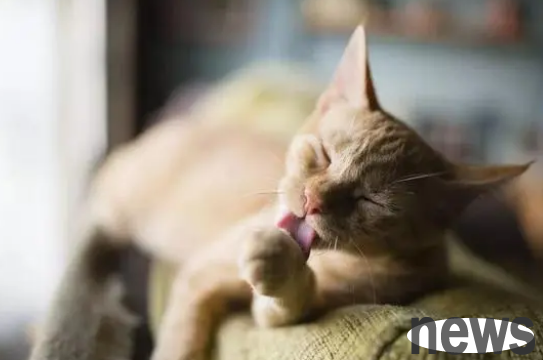Sometimes, although we do all the protective measures at home and seem foolproof, cats are still inevitably injured. They can heal themselves by checking and disinfecting minor bruises. However, if it is some open trauma or wound infection, then the...
Sometimes, although we do all the protective measures at home and seem foolproof, cats are still inevitably injured. They can heal themselves by checking and disinfecting minor bruises. However, if it is some open trauma or wound infection, then the general treatment is not so optimistic. Sometimes the wound is small and difficult to detect. After discovering, it may have become suppurated and infected. Therefore, timely treatment and dressing changes are necessary.

When your original cat's appetite suddenly drops, or he is lying gentle and obediently in your arms, when you caress her, she suddenly gives you a mouthful of lightning speed, and you have to carefully check if there is a wound. If the above situation occurs, it may be caused by trauma, which causes a decrease in appetite, and your accidental touch of the wound, causing the cat to react with stress. The initial wound of a cat is often only the size of a rice grain, and it is covered with hair, so it is impossible to see if you don’t look carefully.
Usually do it yourself, you can use a hydrogen peroxide cotton ball to wipe it clean and apply a little anti-inflammatory medicine such as erythromycin ointment. Severe wounds and suppuration should be appropriately injected or taken orally (dose calculated based on body weight). After two days, you will not relax when you start to swell. However, you can also use alcohol cotton balls to disinfect (alcohol is more effective) to apply purple potion (not afraid of licking), which will save trouble and be effective.
Common wound treatment methods
1. Use iodine to disinfect the wound, which has little irritation and good effect; for cleaning and newly grown granulation wounds, you can also add Vaseline oil yarn to reduce the pain of patients during dressing changes and reduce the leakage and loss of tissue fluid.
2. For wounds with abundant blood supply and low chance of infection, you can simply moisturize them with normal saline and bandage them with sterile auxiliary materials.
3. For wounds with skin defects, the defect area should be repeatedly rinsed with saline water, and the surrounding area can be regularly disinfected. After disinfection, cover it with salt water gauze or Vaseline gauze. The salt water gauze is conducive to keeping the wound fresh and dry, and Vaseline gauze is conducive to the granulation growth of the wound.
4. The principle of infecting or contaminating wounds is to drain and drain pus. If necessary, open sutures, expand the wound, and drain thoroughly. Repeat with hydrogen peroxide and normal saline in the wound. Those with necrotic tissue should be debridement. Antibiotic gauze can also be used to fill the wound. It is best to use iodine to deitheliate two times alcohol and three times to disinfect the wound. Of course, you must change the dressing every day when you get infected wounds. In addition, when changing the incision of suppuration, do not dislike the foul smell. Be sure to carefully wipe off the pus moss at the incision, and do not dare to touch the incision because of the patient's pain. After the pus moss is removed, there must be slight blood oozing out, so that it will help the incision heal as soon as possible!

5. Infected wounds such as bedsores, suppurative osteomyelitis: Iodine disinfects the wound around the wound, and the wound is rinsed with hydrogen peroxide and normal saline, and covered with gentamicin dressing.
6. For osteomyelitis, change the medicine frequently when bone exposed, because it is exposed to a lot and the dressing should be more. During the dressing change process, necrotic tissue should be removed at any time, and yarn can be placed in the medullary cavity. The empirical method is to first rinse the wound with salt water, then rinse with 0.1% iodine, then rinse with hydrogen peroxide, and finally wet compress with Qingda gauze and cover with dressing. When the granulation on the wound is fresh and there is little oozing, surgery will be performed to remove dead bones and sclerosis bones, and a suitable musculocutaneous flap is used to cover the wound, and the external fixation frame is externally fixed. After the flap is alive, the bones will be extended.